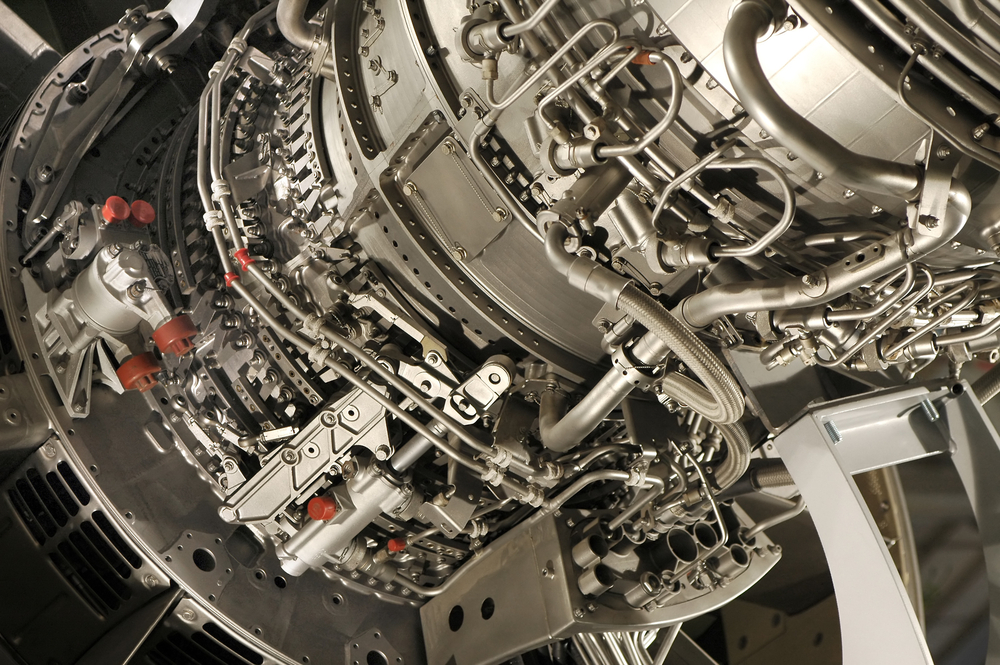Get a Quote
Still Need Help?
Call Us:
916-339-3676
Drop-off Address:
3921 Pell Circle
Sacramento, CA 95838
Get Directions
Progress in Avionics Necessitates Manufacturing Upgrades
To keep up with high client expectations, manufacturers catering to the aviation industry have to always be one step ahead of the latest innovations and technology. That means they have to keep updating and improving their products to match the latest trends in avionics. Because of this, they end up with old parts that are rendered unusable and outdated.
Fortunately, Modern Waste Solutions offers secure and certified product de-manufacturing services at scale, efficiently managing large volumes with minimal time investment.
Here are some of the recent advancements in aviation electronics that show how far the industry has come.
See the other Industries We Serve.
Comparing Manual Flight Controls to Fly-by-Wire Systems
Back in the day, airplanes were controlled using mechanical components like rods and cables. This allowed pilots to directly control the direction of the plane. This setup gave pilots immediate control feedback but had some problems, like in emergencies or when planes needed to adapt to different situations.
To solve these issues, engineers started using hydraulics and other tech to make controls smoother and more reliable. Then, they came up with something called “fly-by-wire” which is like the high-tech version of the old mechanical controls. Instead of physical connections, it uses electronic signals sent through wires to control the plane’s movements. This made flying safer and allowed for more advanced features:
— Fly-by-wireless
— Power-by-wire
— Fly-by-optics
— Intelligent flight control system
Comparing Mechanical Gauges to Glass Cockpit Systems
Pilots used to operate with analog gauges and dials to see important data like how high they were and how fast they were going among others. But these instruments could be a bit tricky for pilots to understand quickly, especially when they needed to focus on flying.
Then, in the 1960s and 1970s, the military made advancements in aviation technology. Old-fashioned gauges became obsolete in favor of the “glass cockpits.” These cockpits replaced the old dials with computer screens that showed all the important information in one place. It made things a lot easier for pilots because they could see everything they needed at a glance.
ASAS versus ACAS
When two airplanes accidentally crash into each other while flying, it can lead to terrible consequences like people getting hurt, loss of life, and damage to property. Pilots usually follow directions from air traffic control to avoid these accidents, but planes also have their own systems called airborne collision avoidance systems (ACAS) to help keep them safe. These systems can detect if there’s a risk of a crash and will make the planes move to prevent it.
Each plane has different types of ACAS systems. Each one has to meet rules set by the FAA or ICAO to make sure they work well and keep everyone safe.
Besides ACAS, there are also systems called airborne separation assurance systems (ASAS) that help keep planes a safe distance apart while they’re flying. Although ASAS used to be seen as part of ACAS, it is now considered as two separate systems in the aviation industry.
Providing Services to Northern California for More Than Twenty Years
Modern Waste Solutions ensures full compliance with mandates established by the National Security Agency, the Department of Defense, and all relevant laws regarding the destruction of outdated aerospace components. Holding certifications from R2v3, ISO 14001, ISO 45001, and ISO 9001, we guarantee adherence to stringent environmental, quality, and occupational health and safety standards. Contact us today for further information.

